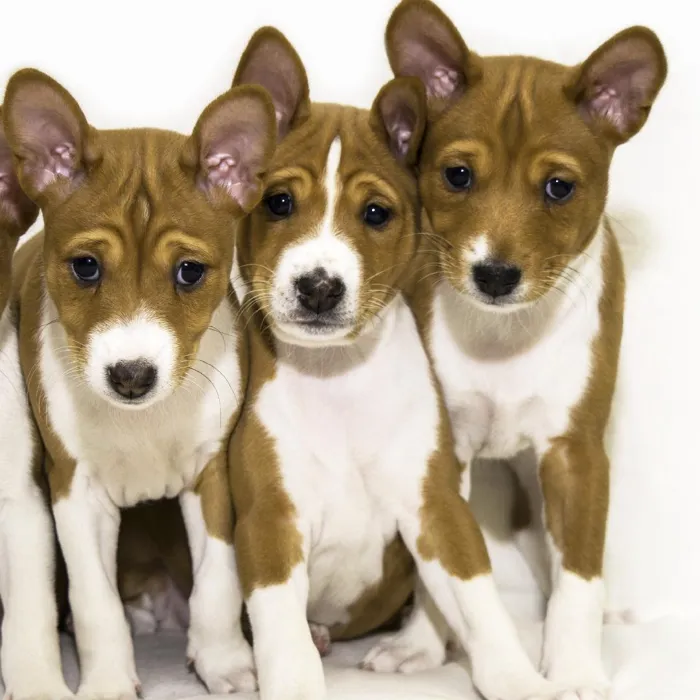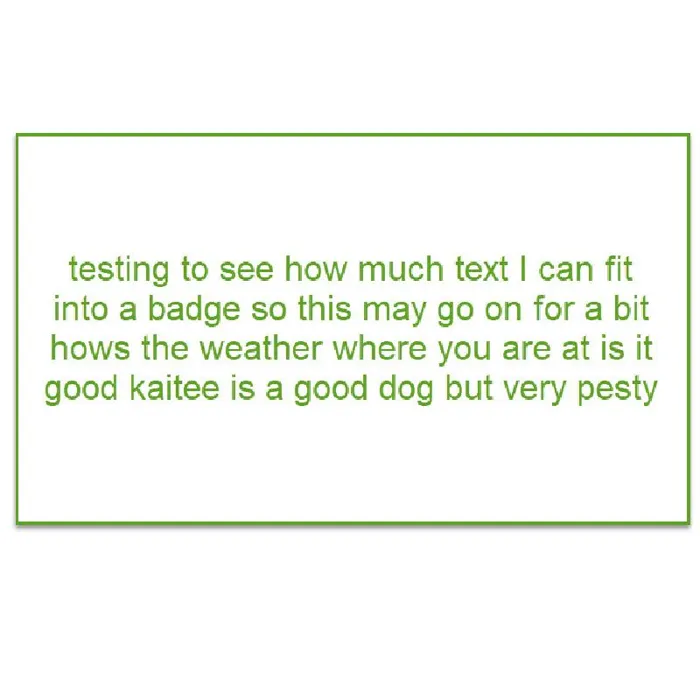Basenji

The Basenji, Africa’s “Barkless Dog,” is a compact, sweet-faced hunter of intelligence and poise. They are unique and beguiling pets, best for owners who can meet their exercise needs and the challenge of training this catlike canine.


Ask About Basenji ?
Breed Traits
Group
Hound
About
History
Standard
Nutrition
Grooming
Exercise
Training
Health
General Appearance
The Basenji is a small, short haired hunting dog from Africa. It is short backed and lightly built, appearing high on the leg compared to its length. The wrinkled head is proudly carried on a well arched neck and the tail is set high and curled. Elegant and graceful, the whole demeanor is one of poise and inquiring alertness. The balanced structure and the smooth musculature enables it to move with ease and agility. The Basenji hunts by both sight and scent. Characteristics--The Basenji should not bark but is not mute. The wrinkled forehead, tightly curled tail and swift, effortless gait (resembling a racehorse trotting full out) are typical of the breed. Faults--Any departure from the following points must be considered a fault, and the seriousness with which the fault is regarded is to be in exact proportion to its degree.
Size, Proportion, Substance
Head
Neck, Topline, Body
Forequarters
Hindquarters
Coast and Color
Coat
Color
Gait
Temperament
Did you know?
Also called the Congo Dog The Basenji does not have a traditional bark, instead making a yodel-like noise called a "barroo". "Heart Of The Savannah" is a novel that features a Basenji (named Savannah) narrating her adventures as an African-born dog coming to America.
Clubs, Registries & Associations
American Canine Association Continental Kennel Club Universal Kennel Club International American Kennel Club United All Breed Registry America's Pet Registry, Inc. United Kennel Club (Based on breed recognition. See store for details on this particular puppy.)
Heritage
Description
Health Awareness
All pets have found there homes! Sign up to be notified when new pets are added so you don't miss out.


